15 Healthiest Dog Breeds With the Least Health Issues
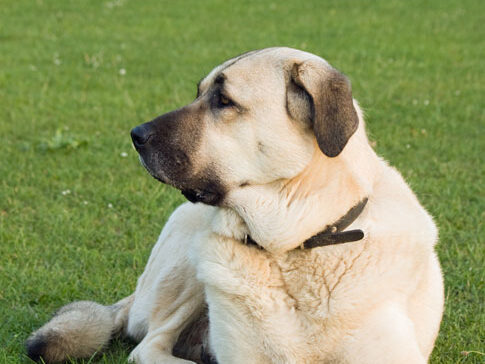
While all dogs need love, attention, and vet visits, some breeds are genetically predisposed to better health and longer lives. These dogs tend to be less prone to chronic illnesses, hereditary conditions, or structural issues that require expensive and lifelong treatment. Whether you’re looking for an active companion or a low-maintenance family pet, these breeds offer a great balance of vitality and longevity.
Australian Cattle Dog
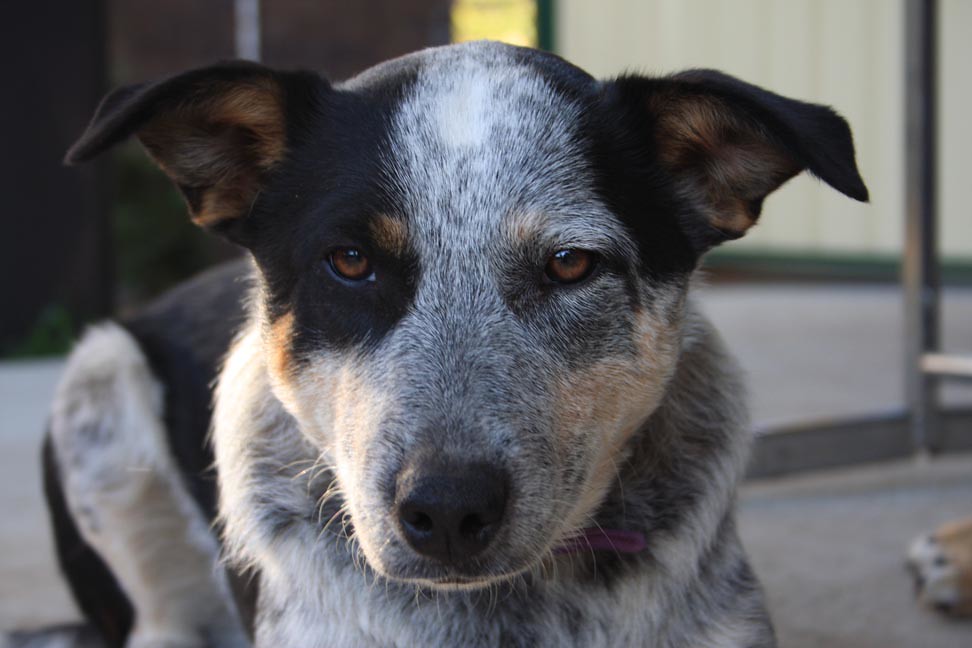
Known for their exceptional stamina and intelligence, Australian Cattle Dogs were bred to work long hours in the harsh Australian outback. As a result, they’re built tough—mentally and physically. These dogs rarely suffer from congenital health problems and often live into their mid to late teens. One dog of this breed, named Bluey, lived to be 29 years old—the oldest recorded dog in history. With a lean, muscular build and boundless energy, they enjoy being in active homes that offer structure and purpose.
Border Collie
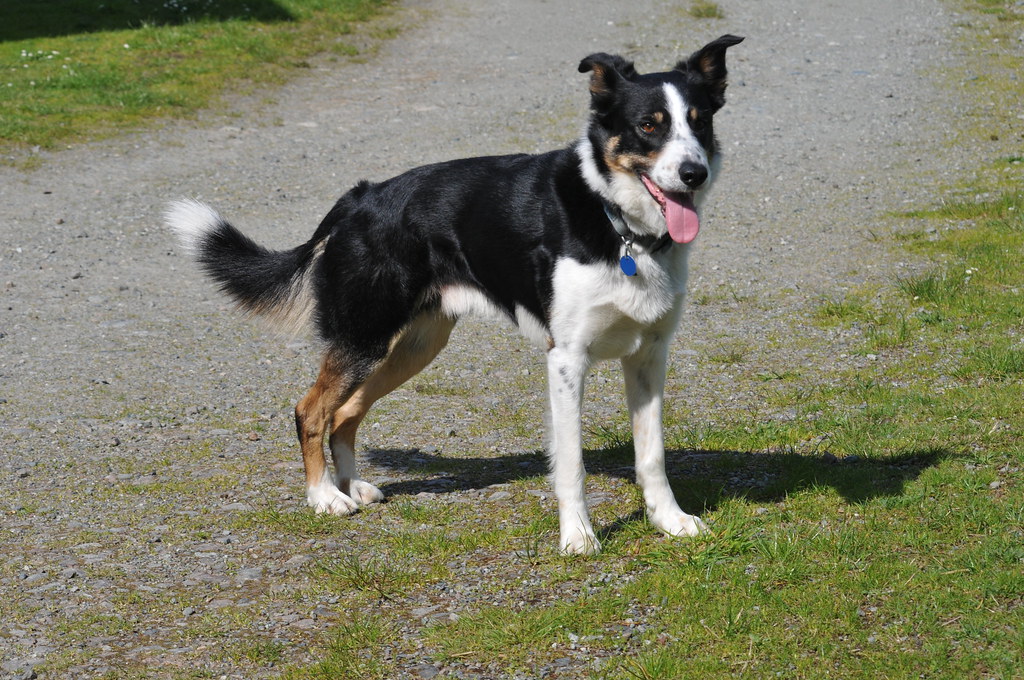
Often referred to as the most intelligent dog breed, Border Collies are as sharp as they are healthy. Bred to herd sheep for hours in the Scottish highlands, their endurance and physical resilience are unmatched. They’re generally free from serious health problems, aside from occasional eye or hip issues that responsible breeders screen for. Their high activity level and love of learning also help keep them mentally stimulated and physically fit, reducing the risk of obesity-related issues as they age.
Basenji

The Basenji, often called the “barkless dog,” is a primitive breed that hails from Central Africa. These dogs are incredibly clean, independent, and low-odor, which makes them easier to care for in some ways. But their most impressive trait is their health. Basenjis have very few hereditary issues and require little grooming. Their short coats and natural athleticism keep them trim and agile well into old age. They usually live 13–15 years with minimal health concerns, making them a great choice for experienced dog owners.
Belgian Malinois
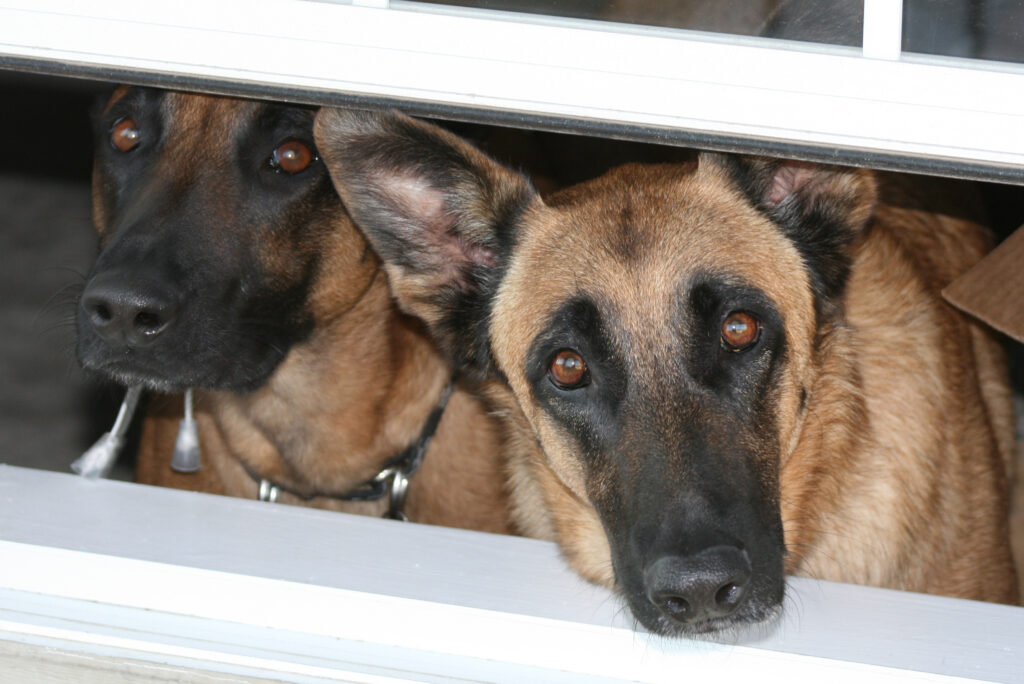
The Belgian Malinois is a favorite among police and military units—not just for their trainability but also for their incredible durability. These dogs have solid bones, a strong immune system, and rarely suffer from chronic health conditions when bred responsibly. With a lifespan of 12–14 years, they remain energetic, sharp, and athletic well into old age. However, their health advantage is best maintained in households that can give them regular, intense exercise and consistent mental stimulation.
Chihuahua

These tiny dogs may look fragile, but they’re famously tough. Chihuahuas often outlive much larger breeds, with many reaching 16–18 years or even longer. While they can have dental issues (like many small breeds), they are generally free from major hereditary problems if bred well. Their compact size also means fewer joint issues and lower stress on their bodies. They do well in apartments and are relatively low-maintenance as long as their social and warmth needs are met.
English Foxhound
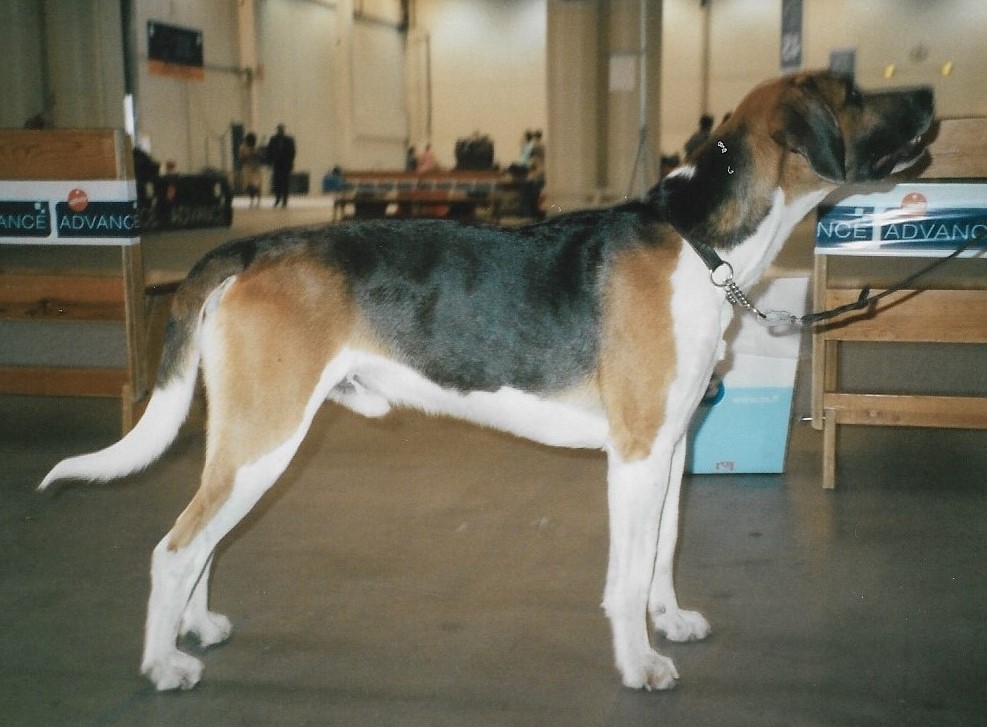
This classic hunting breed is not commonly kept as a household pet, but it’s worth noting for its exceptional health. English Foxhounds were bred for endurance and group work, meaning they’re physically robust and socially adaptable. They are less prone to hip dysplasia or eye conditions and often live 11–13 years with few major health issues. Their low-maintenance coats and active personalities make them a solid choice for people who love running or hiking with their dog.
Shiba Inu
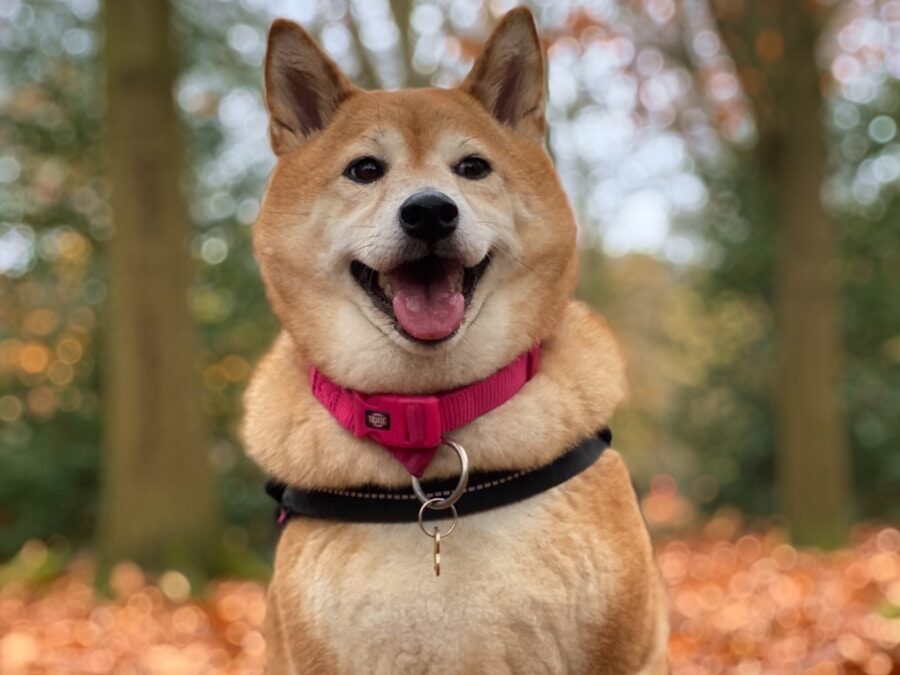
Shibas are alert, intelligent, and often stubborn—but they’re also remarkably healthy. This Japanese breed has been naturally developed over centuries and, as a result, has fewer inherited health issues than many designer breeds. They have clean coats, strong joints, and a life expectancy of 13–16 years. They’re also known for grooming themselves like cats, which helps with cleanliness and skin health. Shibas thrive in homes that understand their independent nature and provide early training and socialization.
Belgian Tervuren
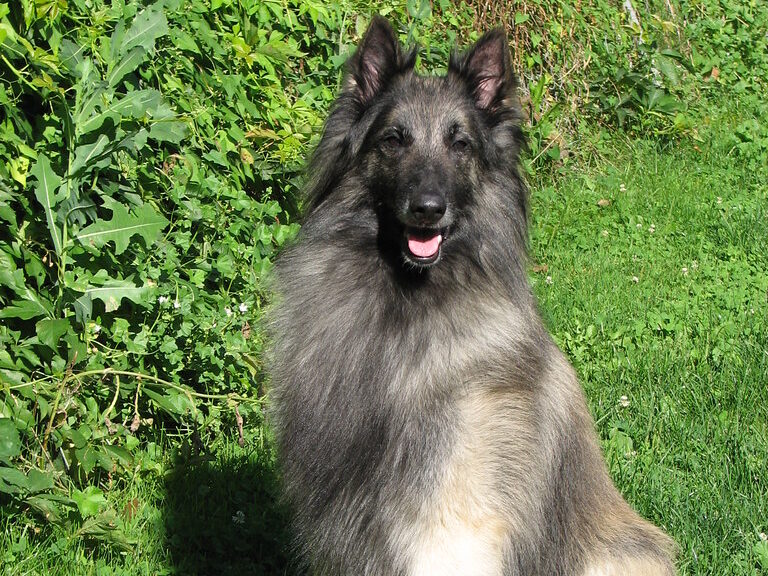
Another athletic Belgian herding breed, the Tervuren is known for its elegant looks and sharp mind. Tervurens are generally very healthy, with a lifespan of 12–14 years. They have excellent joint health compared to other large breeds, and breeders have worked to keep their lines clean of hereditary issues like epilepsy and dysplasia. With regular exercise and a high-protein diet, they remain lean, agile, and alert well into their senior years.
German Pinscher
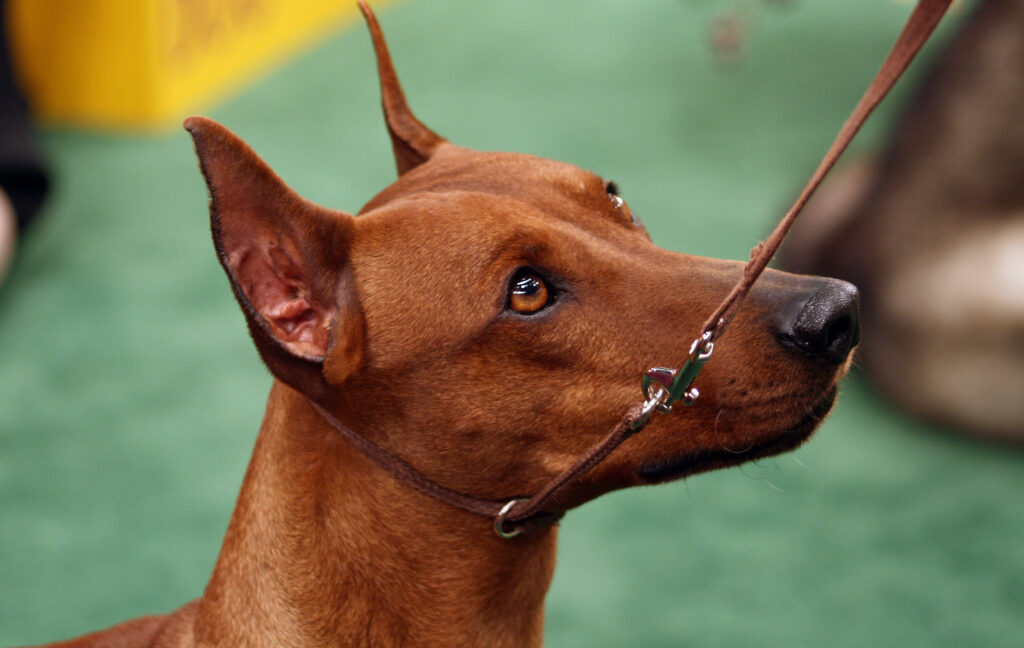
Sleek and muscular, German Pinschers are known for their resilience and confidence. Unlike their larger cousin, the Doberman, German Pinschers have a relatively low rate of breed-specific illness. They are naturally robust, with good muscle tone and cardiovascular health. They typically live 12–14 years and are not prone to allergies or orthopedic issues. With minimal grooming needs and a fearless personality, they make an excellent low-maintenance companion for experienced dog owners.
Havanese
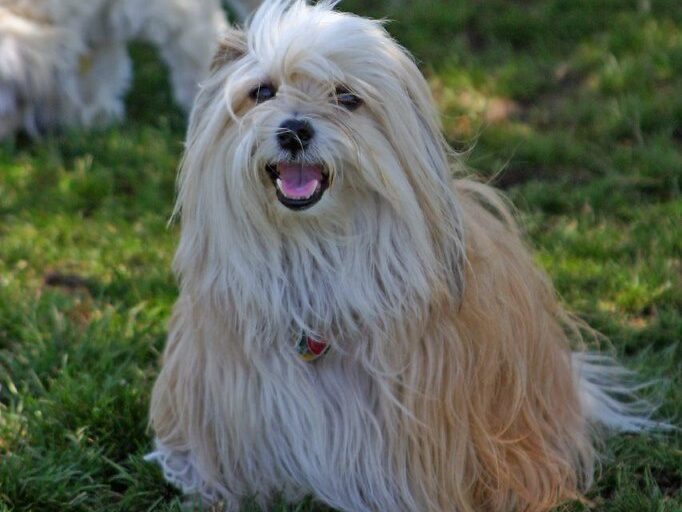
Havanese dogs combine a cheerful temperament with an impressive health profile. They’re generally long-lived (14–16 years) and rarely suffer from major genetic conditions. Their coats require regular grooming, but beyond that, they are sturdy and adaptable. They’re not prone to breathing problems or joint issues, and they tend to stay active and sociable throughout their lives.
Australian Terrier
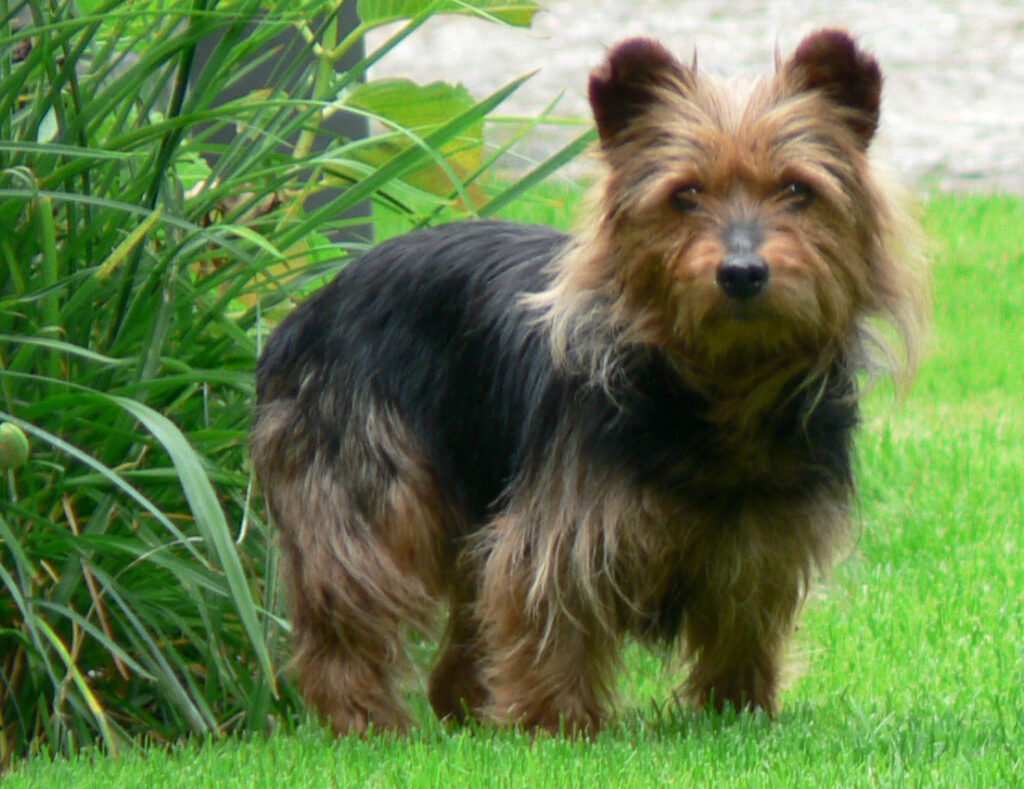
Australian Terriers are scrappy little dogs with surprising stamina. Developed as working dogs to control rodents and snakes, they’re durable, weather-resistant, and mentally sharp. They typically live 12–15 years with few genetic problems. Their wiry coats are easy to maintain, and they suffer far less from orthopedic issues than many other small breeds. Their active nature keeps them physically fit and mentally young, even in their senior years.
Ibizan Hound
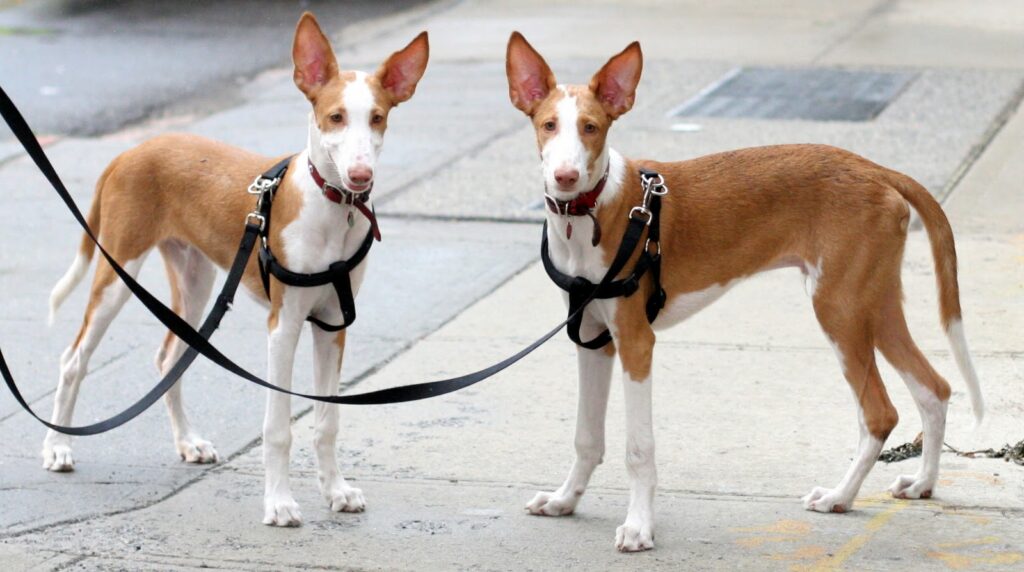
Elegant and athletic, Ibizan Hounds are built for speed and agility. Their slim frames and long legs give them a unique, deer-like appearance. What’s even better is their genetic health—they are free from many common breed-specific illnesses. With few hereditary issues and a lifespan of 12–14 years, they’re one of the healthiest sighthounds around. They do well in active homes that can offer space to run and time to socialize.
Anatolian Shepherd

Despite their massive size, Anatolian Shepherds are surprisingly healthy. They were bred as independent livestock guardians in harsh environments, which means they’re built to be strong, self-sufficient, and weather-tough. They’re less prone to hip dysplasia than other giant breeds and often live to 11–13 years—a long time for a dog of their stature. They do best with space and a clear role to fulfill, but health-wise, they’re low-maintenance giants.
Toy Poodle
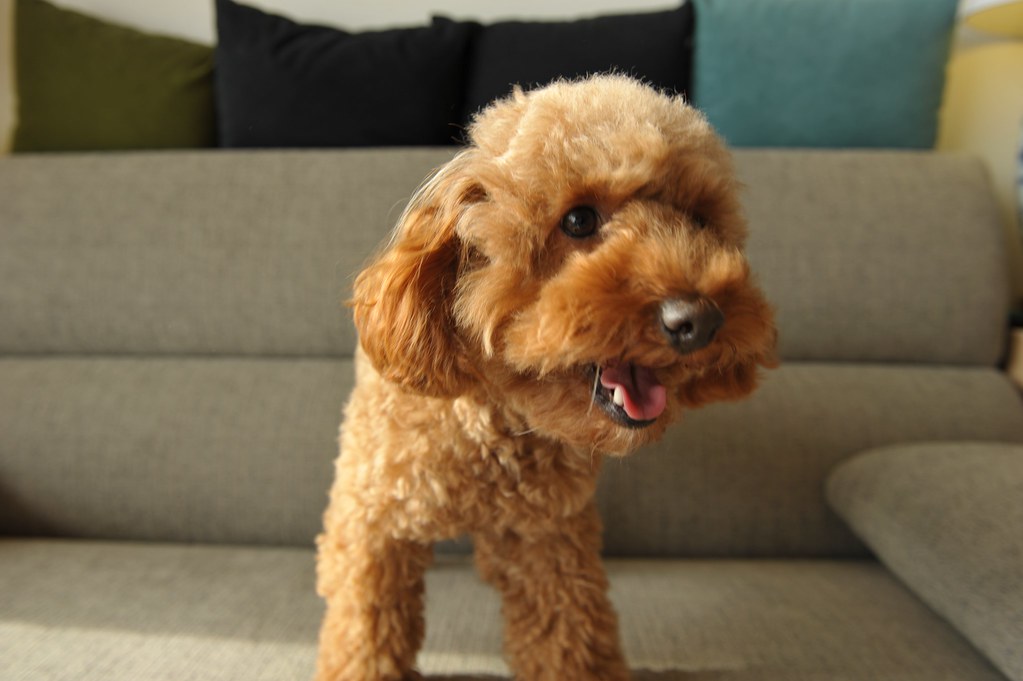
Toy Poodles may be tiny and elegant, but they’re also known for their intelligence and longevity. With a lifespan of 14–18 years, they are among the longest-living dog breeds. They’re relatively free of chronic illness when bred responsibly. Their curly coats are hypoallergenic and low-shedding, though they do require regular grooming. They’re alert, easy to train, and remarkably resilient for their size.
Mixed Breeds (Mutts)
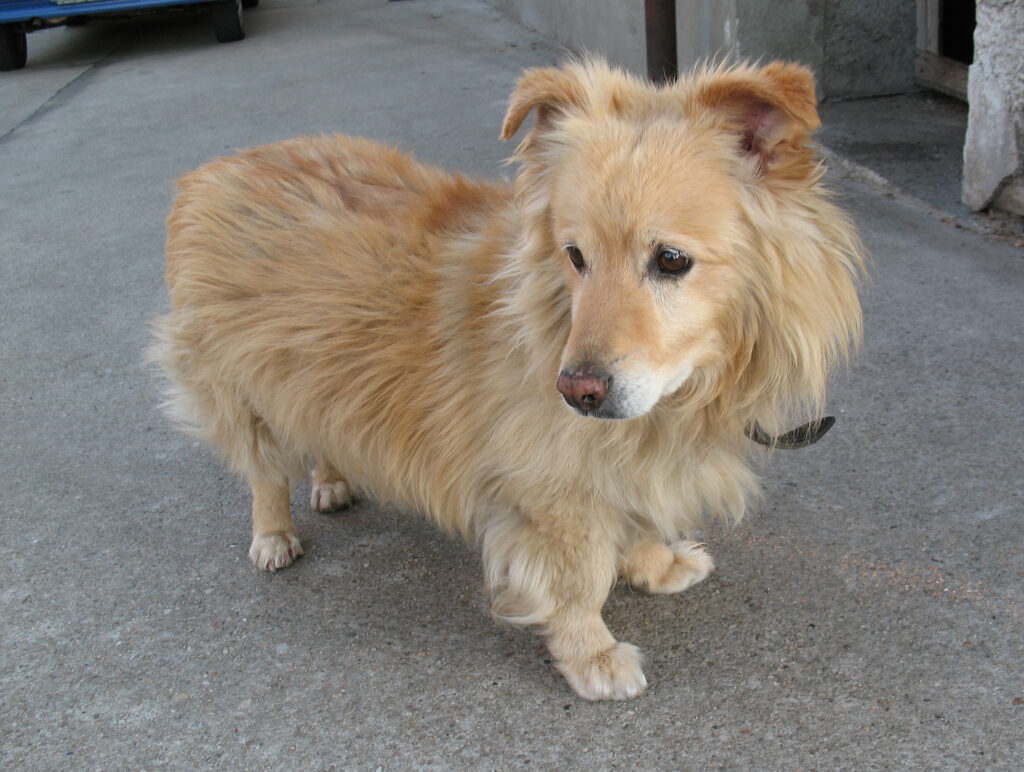
Mixed-breed dogs often benefit from a more diverse genetic background, which lowers the risk of hereditary diseases common in purebreds. Known as “hybrid vigor,” this trait makes them less prone to inbreeding-related health problems. While their temperament and size can vary widely, many mixed breeds live long, healthy lives with fewer vet visits. They also tend to be incredibly adaptable and grateful companions, especially those adopted from shelters.





